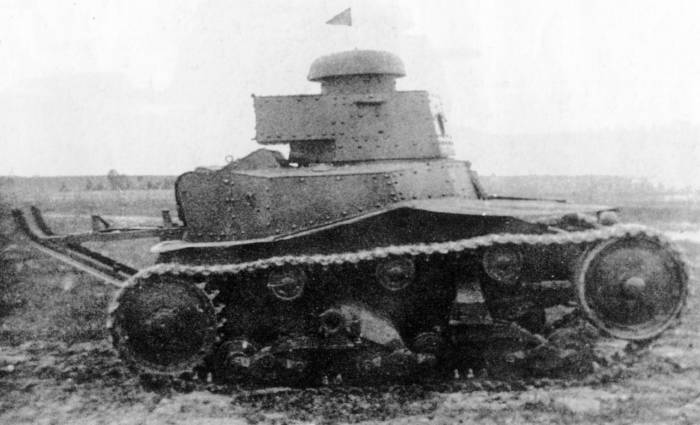In the RU forums Q&A thread, SerB gave an example of a hull upgrade for the T-54: 120 mm of front armour, or 100 mm, with higher top speed in return. I will take a look at what other upgrades potentially exist for Soviet tanks in-game. Since there is a great deal of them, the article will be split into parts. This part will discuss light tanks.
Let’s start from the top, the venerable MS-1. The tank was in service with the Red Army until the start of WWII, and was modernized several times. However, it did not undergo very notable hull changes, aside from a change between welded and bolted armour in 1930. Despite being a significant change in real life, it would only be cosmetic in game. Other visually interesting changes result from the MS-1a hull (T-26 suspension, simplified rear section of the hull) and T-18M (elements of the T-38′s suspension).



